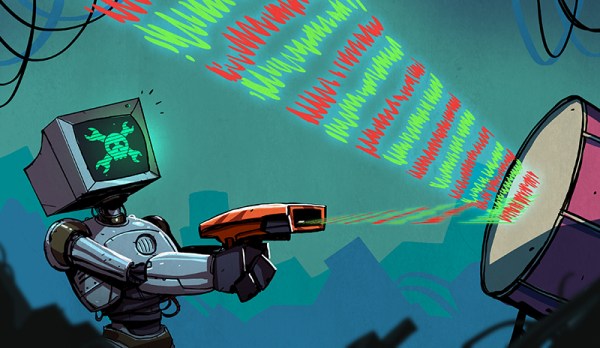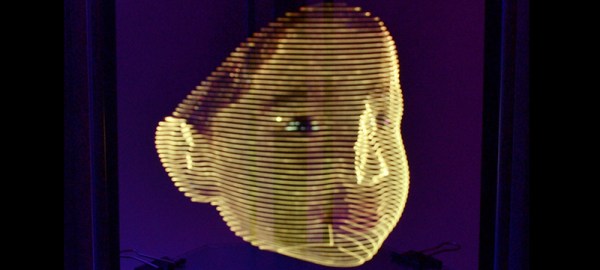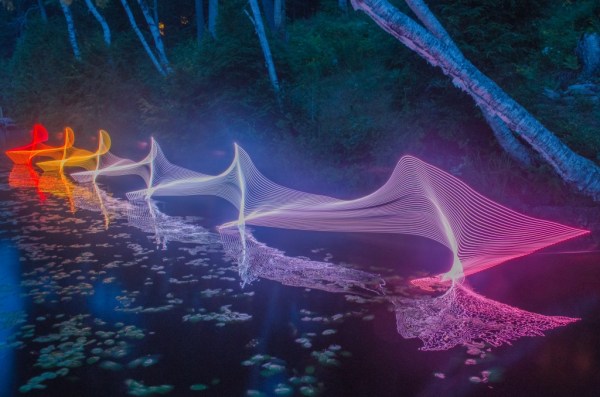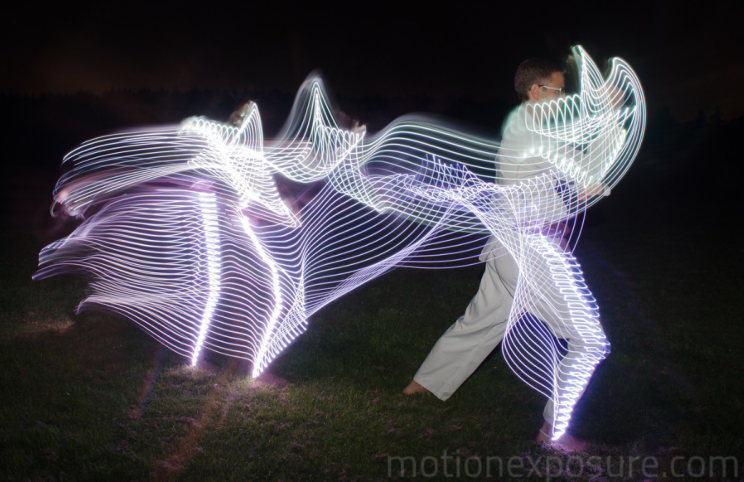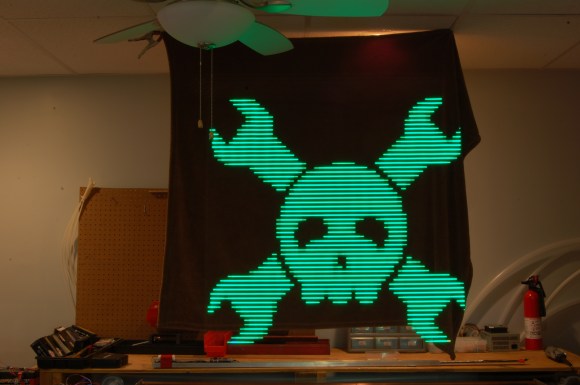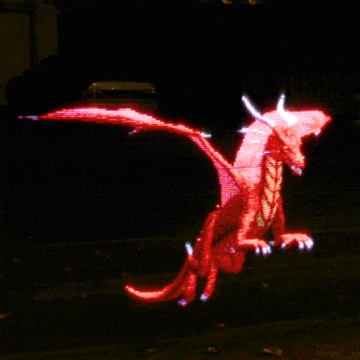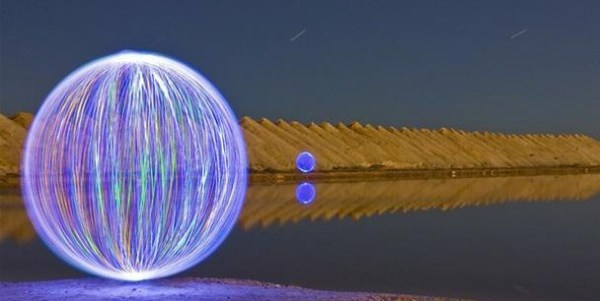Last week we saw a lot of interest in faux visualization of wireless signals. It used a tablet as an interface device to show you what the wireless signals around you looked like and was kind of impressive if you squinted your eyes and didn’t think too much about it. But for me it was disappointing because I know it is actually possible to see what radio waves look like. In this post I will show you how to actually do it by modifying a coffee can radar which you can build at home.
The late great Prof. David Staelin from MIT once told me once that, ‘if you make a new instrument and point it at nature you will learn something new.’ Of all the things I’ve pointed Coffee Can Radars at, one of the most interesting thus far is the direct measurement and visualization of 2.4 GHz radiation which is in use in our WiFi, cordless phones (if you still have one) and many other consumer goods. There is no need to fool yourself with fake visualizations when you can do it for real.
Continue reading “See Actual Microwaves — No More Faking It”

